Humanoid Robots to Flying Cars: 10 Coolest DARPA Projects
The way of the future
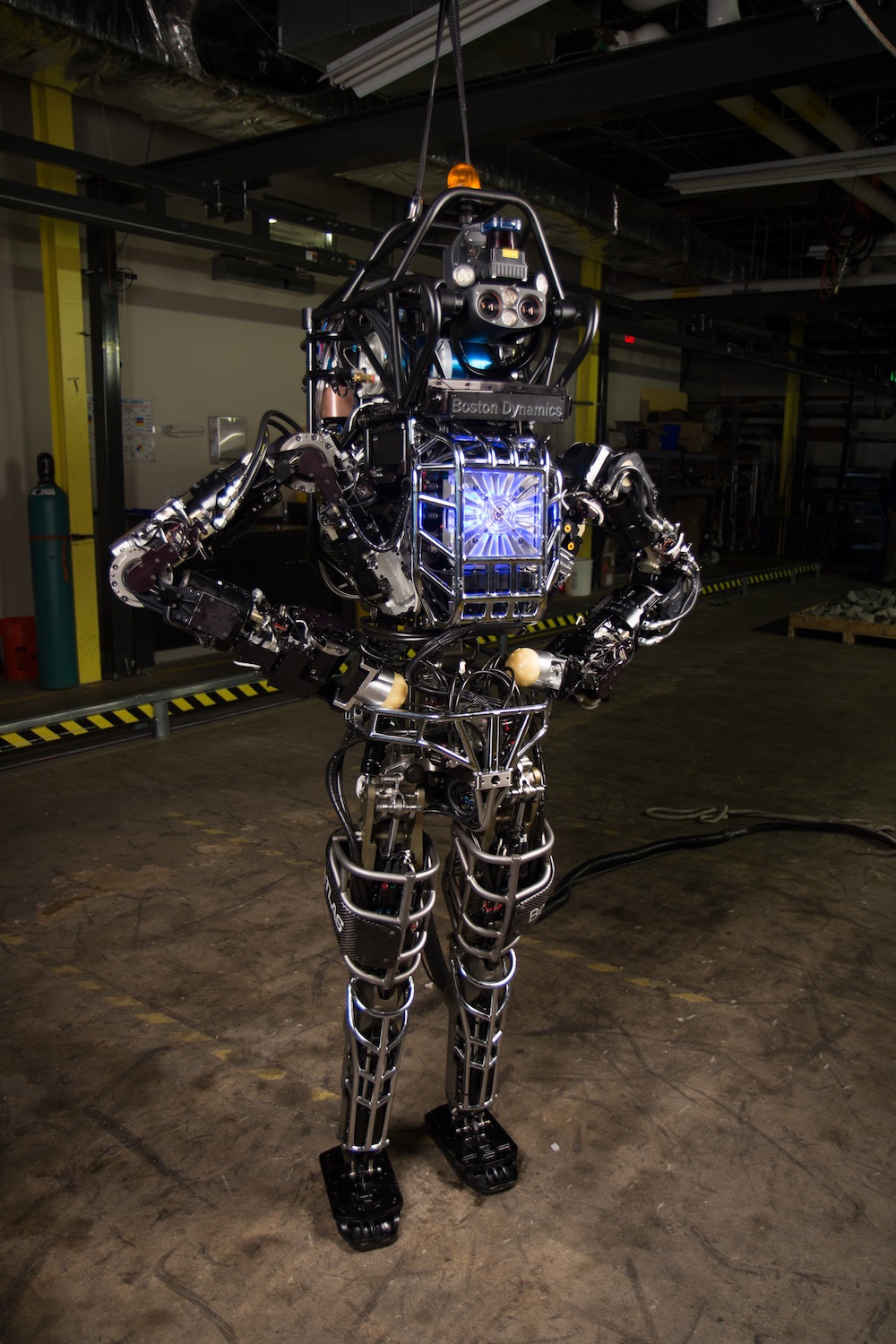
The U.S. Defense Advanced Research Projects Agency, or DARPA, has a reputation for working on some of the most cutting-edge, futuristic projects — many that could easily be mistaken for science fiction. The agency, which falls under the watch of the U.S. Department of Defense, is responsible for developing new technologies for the military.
From humanoid robots to flying armored cars, here are 10 of the coolest DARPA projects.
WildCat and BigDog
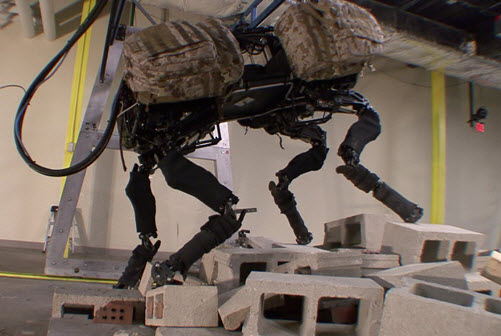
As their names suggest, WildCat and BigDog are four-legged, headless robots designed to walk, run and carry heavy loads through potentially dangerous terrain, much like deployed troops. DARPA awarded contracts to Boston Dynamics to develop WildCat and BigDog for use by the military.
BigDog, created in 2005, is 3 feet (0.91 meters) long, and stands 2.5 feet (0.76 m) tall. The robot, which is roughly the size of a small mule, is capable of hauling 400 pounds (181 kg) of cargo, and can navigate difficult terrain and inclines up to 35 degrees.
WildCat, however, is quicker and more agile. The robot can gallop up to 16 mph (25 km/h) on flat surfaces, and is part of a DARPA mission to develop robots that can assist human soldiers on a variety of ground missions.
Avatar Project

Sometimes life imitates art, as is the case with DARPA's project to develop interfaces that enable soldiers to control and partner with semi-autonomous bipedal machines that, "act as the soldier's surrogate." Sound familiar? Hollywood director James Cameron explored the idea in his 2009 blockbuster hit "Avatar."
In its 2013 budget, DARPA allocated $7 million to its "Avatar Project," which could enable soldiers to control surrogate robots in dangerous combat situations.
Excalibur
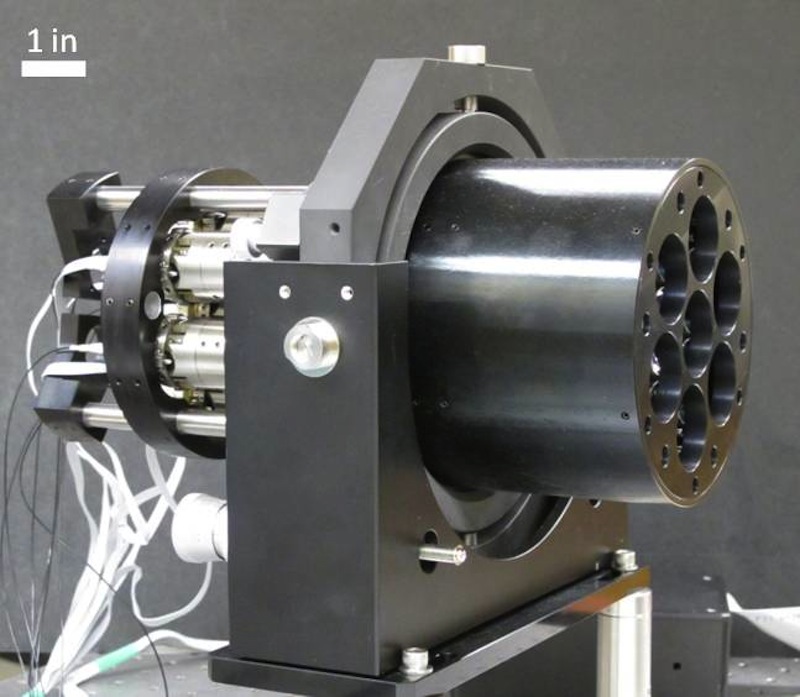
To reduce the amount of "collateral damage" in war, particularly during battles fought in urban settings, DARPA is developing laser weapons that are small and efficient enough to be used in combat. These experimental laser weapons will be 10 times lighter than existing high-power laser systems currently in use, DARPA officials have said.
The lasers, developed for airplanes, may also be used for laser communications, target designation and airborne self-protection, agency officials added.
Falcon Project
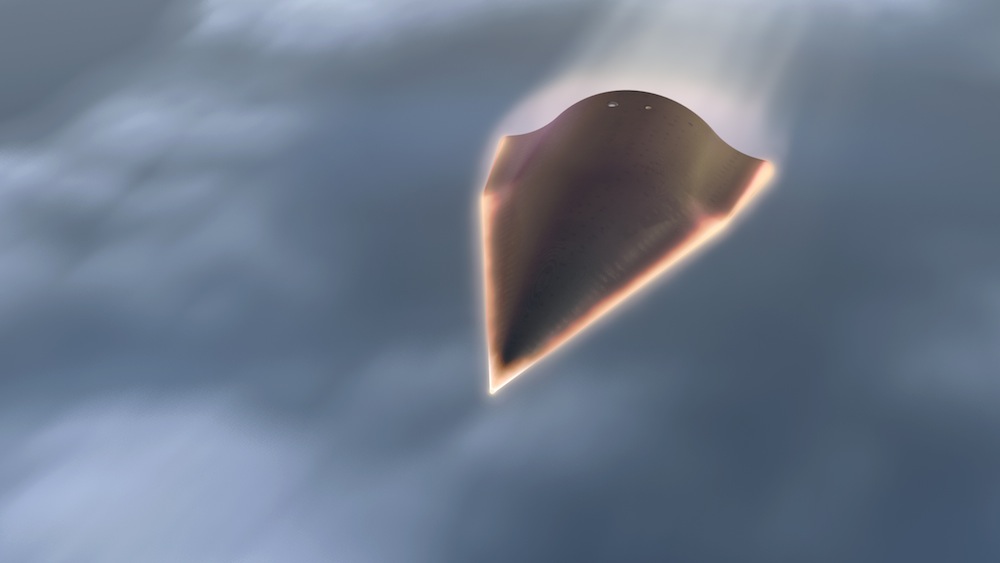
DARPA's Falcon Project was announced in 2003 as a joint program with the U.S. Air Force. The project aimed to develop a reusable, unmanned, rapid-strike hypersonic vehicle.
A prototype Hypersonic Technology Vehicle 2 (HTV-2) first flew in April 2010 and again in August 2011. The ultra-fast, arrow-shaped drone flew at blistering hypersonic speeds of Mach 20 (about 20 times the speed of sound), more than 22 times faster than commercial jetliners. During the flight, surface temperatures on the vehicle reached 3,500 degrees Fahrenheit (1,930 degrees Celsius), which is hotter than a blast furnace capable of melting steel.
During both test flights, operators lost contact with the HTV-2 prototypes. In July 2013, DARPA confirmed it would not conduct a third flight of the HTV-2, but research on the project will continue until summer 2014 to gain better understanding of hypersonic flight.
Transformer
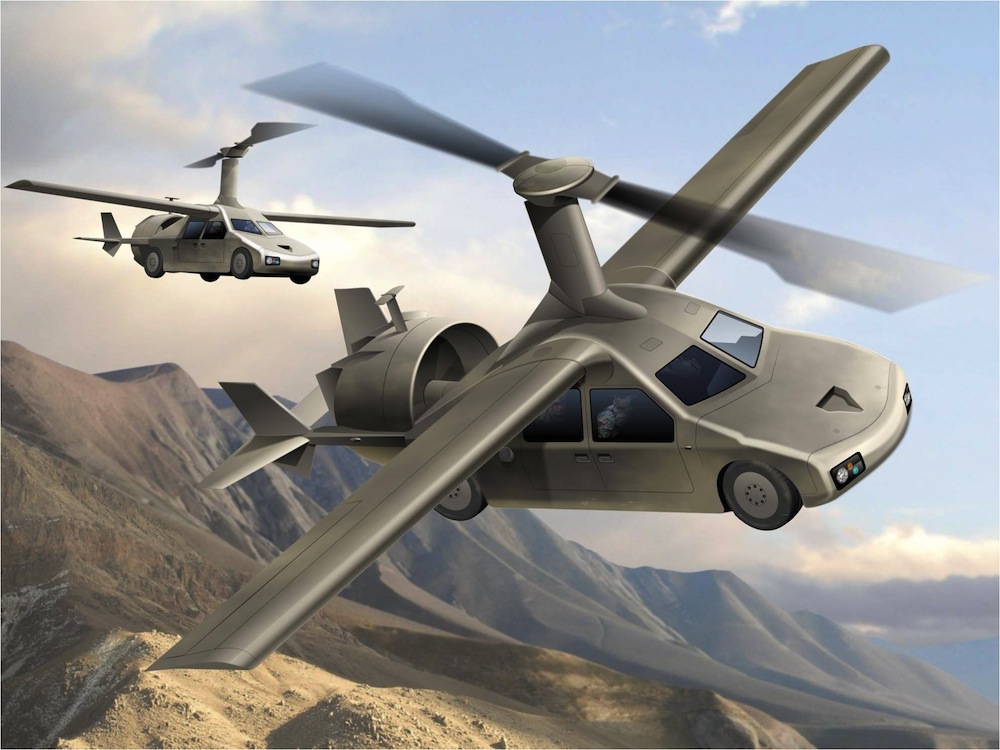
Imagine a militarized version of Chitty Chitty Bang Bang. This is the thrust of DARPA's Transformer project, which aims to develop a flying armored car. The four-person vehicle will be able to drive normally but also take to the skies to avoid road obstructions or other threats on the ground.
The vehicle is being designed to take off and land from the vertical position, and will be able to fly up to 250 nautical miles on a single tank of fuel. Eventually, these flying tanks may be used for strikes, raids, counterinsurgency operations, reconnaissance, medical evacuation and supply missions.
Atlas
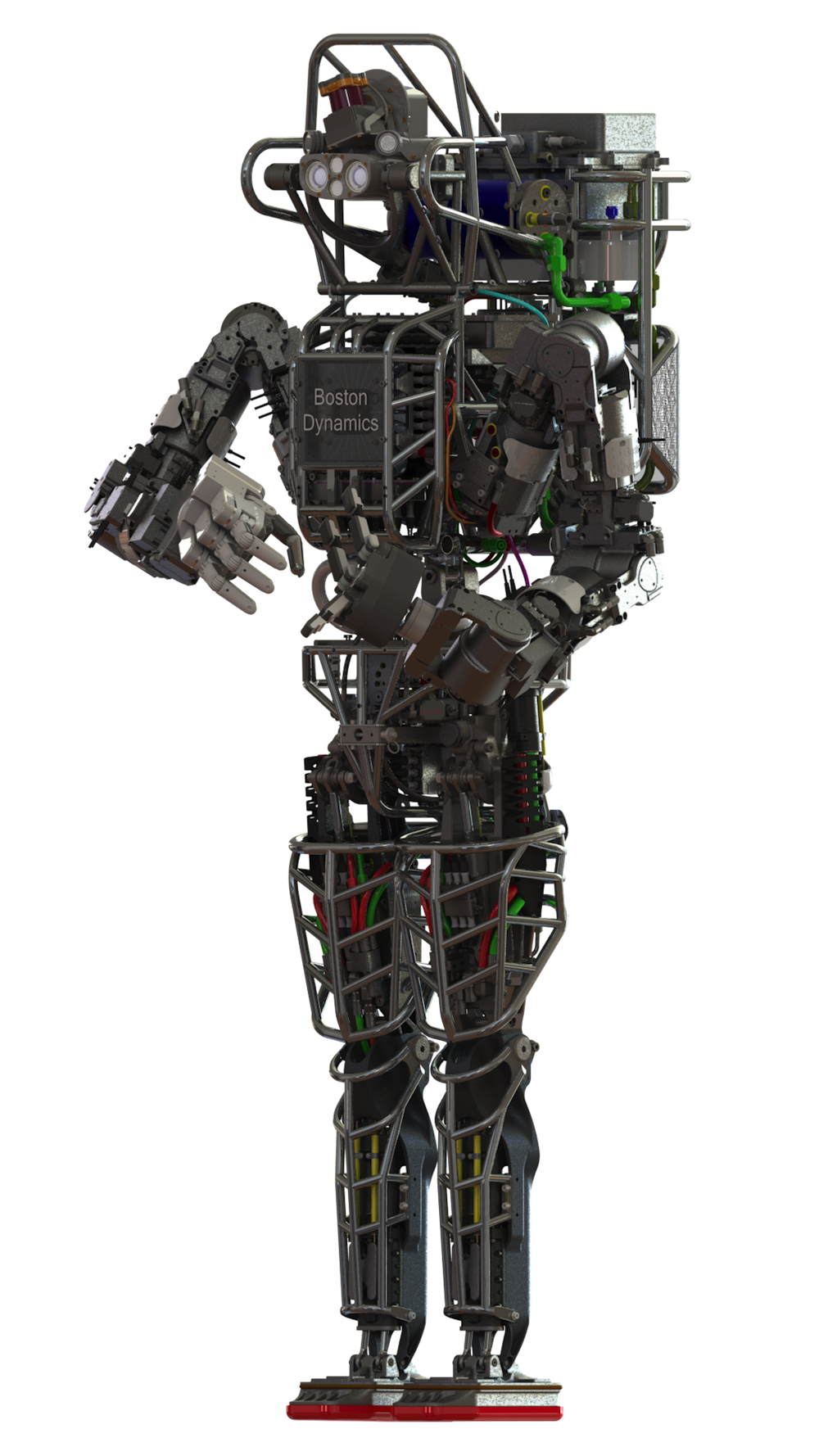
DARPA's Atlas project was revealed to the public on July 11, 2013. The bipedal humanoid robot stands 6-feet tall (1.8 m), and is designed to assist with a range of emergency services, including search and rescue operations. The U.S. Department of Defense is not interested in using the Atlas robot in combat situations, officials have said.
Atlas was developed by Boston Dynamics and was based on some of the company's earlier robot creations.
Navigation chip
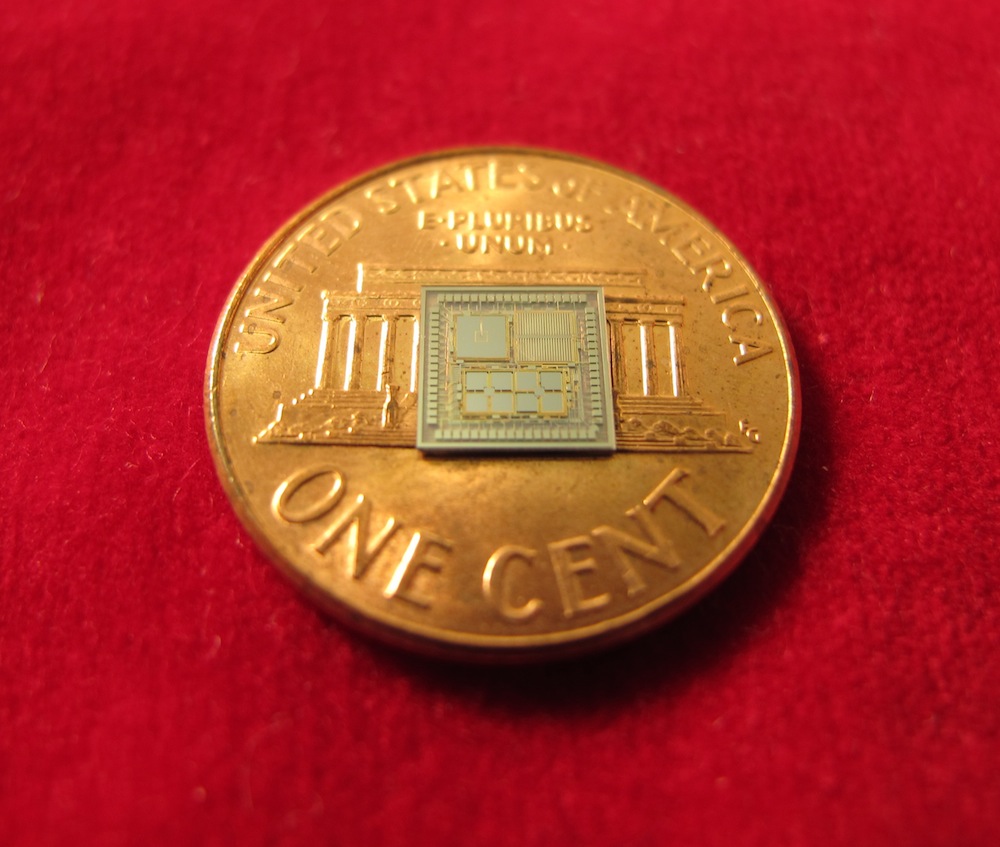
Advances in GPS technology revolutionized tracking and navigation, but what about areas where GPS is unavailable, or the signals are interrupted? To help soldiers find their way around areas of GPS blackout, DARPA researchers are developing a tiny navigation chip that is smaller than a penny.
The so-called timing & inertial measurement unit (TIMU) chip incorporates three gyroscopes, three accelerometers and a highly accurate master clock into a single miniaturized system that can provide precise information for navigation, including orientation, acceleration and time.
DARPA officials have said the navigation chips will not replace GPS, but rather are designed to work when GPS is unavailable or doesn't work.
X-37
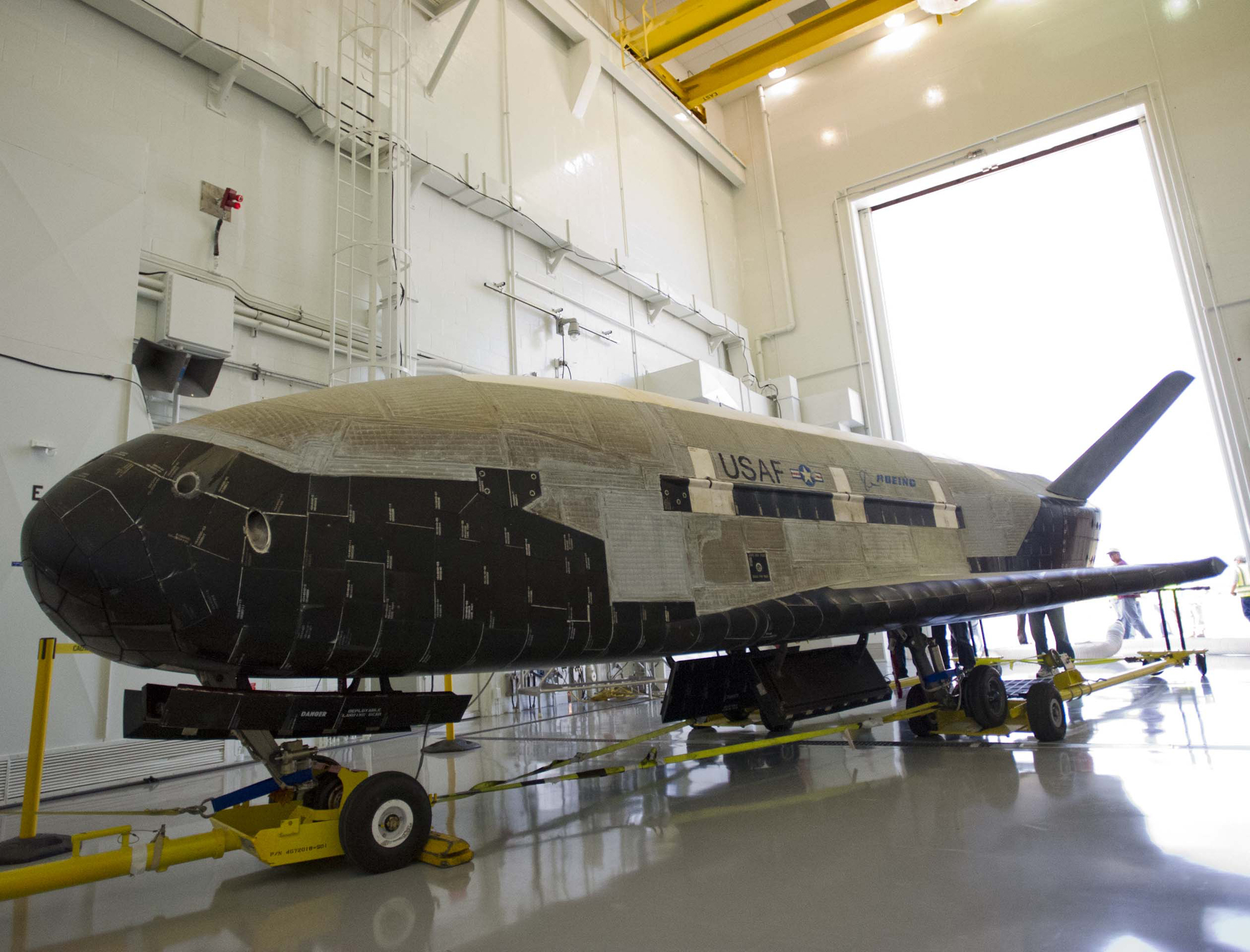
The Boeing-built X-37 reusable space plane started as a NASA project in 1999, but was eventually transferred to DARPA in 2004 before the Air Force took control of the project two years later.
The unmanned X-37 Orbital Test Vehicle, which resembles a miniaturized version of the space shuttle, rides into orbit atop a rocket and returns to Earth and lands as a space plane. The X-37 launched on its first orbital mission in April 2010.
Previously, DARPA reported it was developing the X-37 to rendezvous and refuel older satellites or perform minor repairs in space using a robotic arm. Speculation mounted, however, that the X-37 was being used by DARPA and the Air Force as a vehicle for space-based weapons. In 2010, a high-ranking Air Force official involved with the project dismissed the rumors, and stressed that the X-37's main purpose is to test space technology.
Brain-Machine interfaces

Imagine if your brain could communicate with an external device, such as a thought-controlled mechanical arm or a device to restore sight. DARPA researchers are investigating potential communication pathways between the human brain and machines to build, assist, augment or repair human cognitive or sensory-motor functions.
Research on these so-called brain-machine interfaces began in the 1970s, and work by DARPA researchers is focused on neuroprosthetics that aim to restore damaged sight, hearing and movement. One of DARPA's brain-machine interface projects is Proto2, a thought-controlled prosthetic arm. Proto2 consists of a dexterous hand and fingers that can perform 25 joint motions.
Microscale pumps
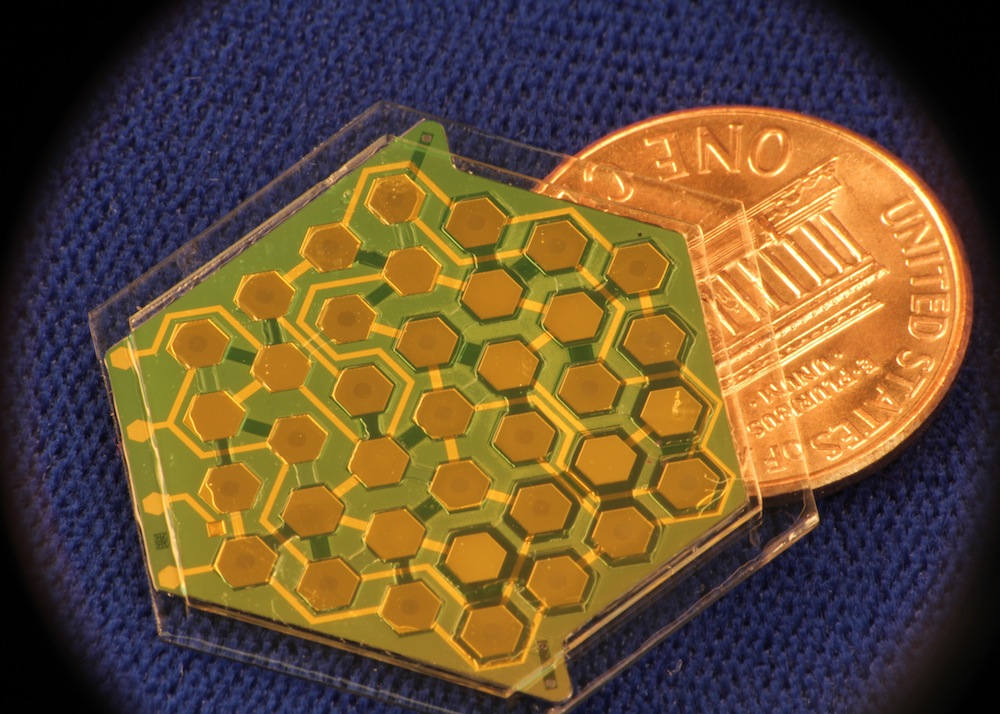
DARPA-funded researchers created the world's smallest vacuum pump system that can be used for any electronics or sensors that require a vacuum. In 2008, DARPA's Chip-Scale Vacuum Micro Pumps (CSVMP) program set out to develop the smallest, most power-efficient pumps ever created.
The vacuum pumps could be used to build tiny chemical sensors, such as ultra-sensitive gas analyzers to detect chemical or biological attacks, or to design new sensors or instruments for micro-drones. The penny-size vacuum pumps were created by researchers at the University of Michigan, MIT and Honeywell International.
Sign up for the Live Science daily newsletter now
Get the world’s most fascinating discoveries delivered straight to your inbox.

Denise Chow was the assistant managing editor at Live Science before moving to NBC News as a science reporter, where she focuses on general science and climate change. Before joining the Live Science team in 2013, she spent two years as a staff writer for Space.com, writing about rocket launches and covering NASA's final three space shuttle missions. A Canadian transplant, Denise has a bachelor's degree from the University of Toronto, and a master's degree in journalism from New York University.










